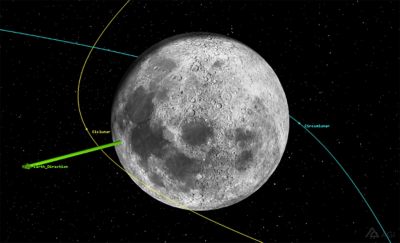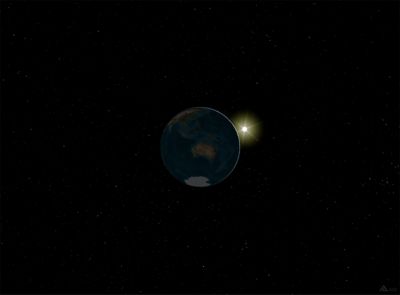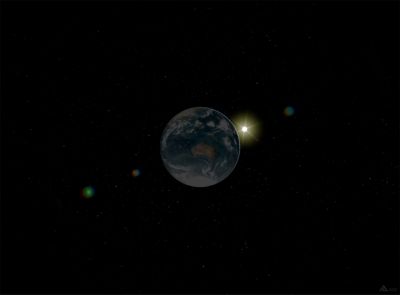-
-
Kostenlose Software für Studierende
Ansys unterstützt die nächste Generation von Ingenieur*innen
Studenten erhalten kostenlosen Zugang zu erstklassiger Simulationssoftware.
-
Verbinden Sie sich jetzt mit Ansys!
Gestalten Sie Ihre Zukunft
Stellen Sie eine Verbindung mit Ansys her, um zu erfahren, wie Simulation Ihren nächsten Durchbruch vorantreiben kann.
Länder und Regionen
Kostenlose Demoversionen
Produkte & Dienstleistungen
Lernportal
Über das Unternehmen
Back
Produkte & Dienstleistungen
Back
Lernportal
Ansys unterstützt die nächste Generation von Ingenieur*innen
Studenten erhalten kostenlosen Zugang zu erstklassiger Simulationssoftware.
Back
Über das Unternehmen
Gestalten Sie Ihre Zukunft
Stellen Sie eine Verbindung mit Ansys her, um zu erfahren, wie Simulation Ihren nächsten Durchbruch vorantreiben kann.
Kostenlose Demoversionen
ANSYS BLOG
July 27, 2023
New Ansys DME Component Libraries Features in 2023 R2
In 2008, AGI, Inc. (now Ansys Government Initiatives) began offering several principal mission and systems modeling, analysis, and visualization capabilities as a collection of software development class libraries in both .NET and Java frameworks.
With the Ansys 2023 R2 release, these libraries were made available as the Ansys Digital Mission Engineering (DME) Component Libraries and include the capabilities of the Geospatial Content Server (GCS) for hosting, processing, and serving terrain, imagery, and heterogeneous 3D data.
The class libraries and underlying architecture are designed to be extensible and highly scalable. They are intended to put the power of mission and systems simulation in the hands of software developers and systems integrators. They can be used to create custom desktop applications and web-first architectures.
As managed .NET and Java class libraries, only the appropriate runtime is required to use the software; no containerization is necessary. For detailed system requirements, see the following help pages for .NET or Java.
Additionally, with the Python.Net or JPype modules, the class libraries can easily be used with Python, Jupyter Notebooks, or JupyterLab. Alternatively, you can use the .NET Interactive kernel for Jupyter to create notebooks using C#. Examples for using the libraries with Python are available for both .NET and Java versions.
The latest release of the DME Component Libraries continues to expand and improve upon existing modeling, simulation, and analysis capabilities with enhancements to:
- Quantized mesh terrain processing memory usage and performance improvements.
- Expanded support for external ephemeris formats and covariance interpolation.
- Circumlunar and cislunar free-return trajectory examples.
- Support for central body definitions of primary and dwarf planets, their satellites, and planetary system barycenters using JPL SPICE files.
- Support for GCS application tokens.
Improved Terrain Processing
Terrain processing that uses the quantized mesh terrain provider has been improved. The memory usage of a quantized mesh tile has been reduced, allowing more tiles to fit in the cache. As a result, terrain height calculations should be significantly faster.
Expanded External Ephemeris
Both reading and writing of Consultative Committee for Space Data Systems (CCSDS) Orbit Ephemeris Message (OEM) files is now supported. Additionally, SGP4 propagator support has been expanded to include the comma-separated formats of general perturbation elements provided by both the U.S. Air Force and Celestrak. Full six-by-six position and velocity covariance interpolation is now possible using the two-body blending algorithm.
Lunar Free-return Trajectory Examples Added
With the increased interest in lunar mission design and operations, the components documentation now includes examples for setting up cislunar and circumlunar free-return trajectories using the capabilities in the orbit propagation and segment propagation libraries.
There are two types of free-return trajectories, meaning that you cross within the Moon's gravitational sphere of influence, but return to Earth's sphere of influence without any additional thrusting. The circumlunar trajectory loops behind the Moon and is therefore blocked from view, relative to the Earth, for some portion, but takes much less time to return to the Earth's gravitational sphere of influence. The cislunar trajectory takes much longer, but passes in front of the Moon and, as viewed from Earth, is never blocked by the Moon.

Cislunar and Circumlunar free-return trajectory geometry
Use JPL SPICE Files
From the initial release of the product in 2008, it has been possible to use JPL Development Ephemeris files to model the positions of objects in our solar system. The AGI Components 2008 R4 release added a lower-fidelity model of the position of the major planets and Earth’s Moon using a specific analytical formulation. With Ansys’ 2023 R2 release, JPL SPICE (.bsp) files can be used to define the locations of the major planets, their principal satellites, and planetary system barycenters.
New Globe Rendering Features Supported
The Insight3D globe rendering engine now supports static or time-tagged cloud layers. Additionally, two camera post-processing effects — vignette and lens flare — are now available to make visual rendering even more realistic.

Earth without clouds, lens flare, or vignettes

Earth with clouds, lens flare, and vignettes
Improved Geospatial Content Server Integration
Integration with GCS is now much easier using the new application token authorization mechanism. Application tokens are long-lasting refresh tokens that can be embedded within an application to make calls to the GCS REST application program interfaces (APIs).
See how DME Component Libraries can help you.